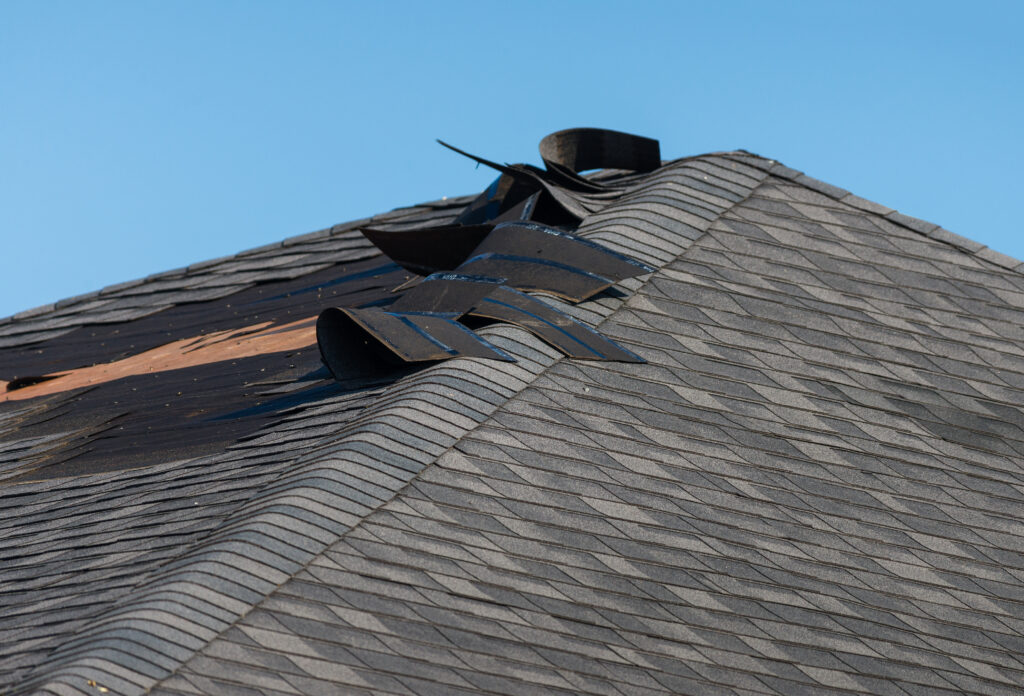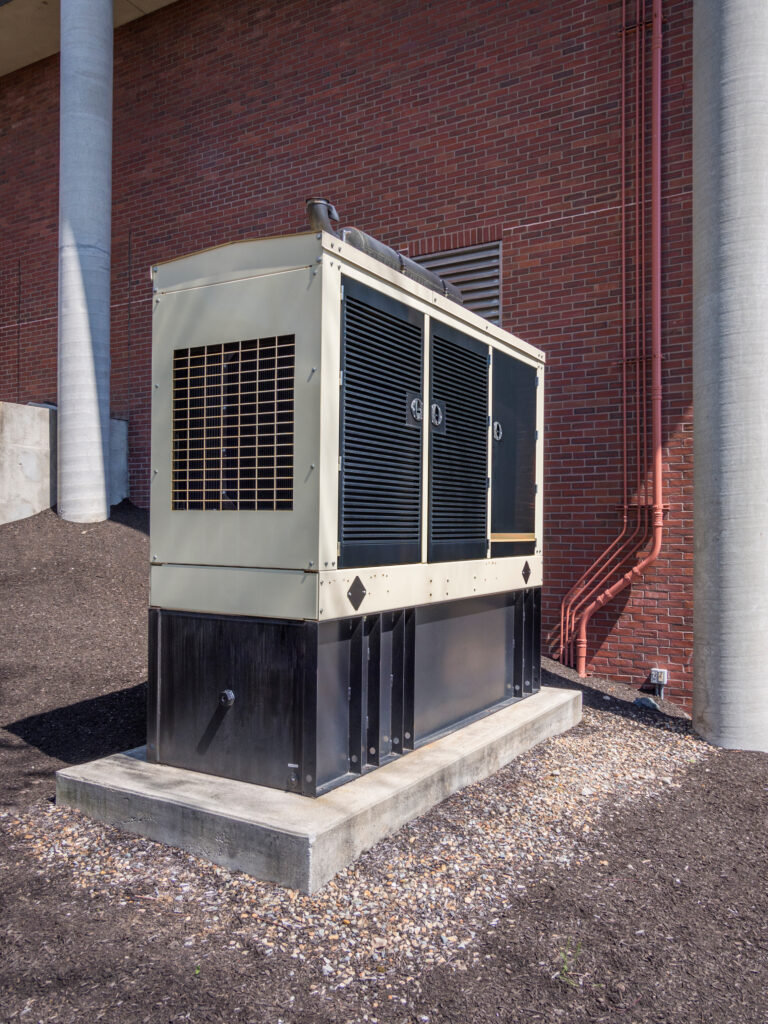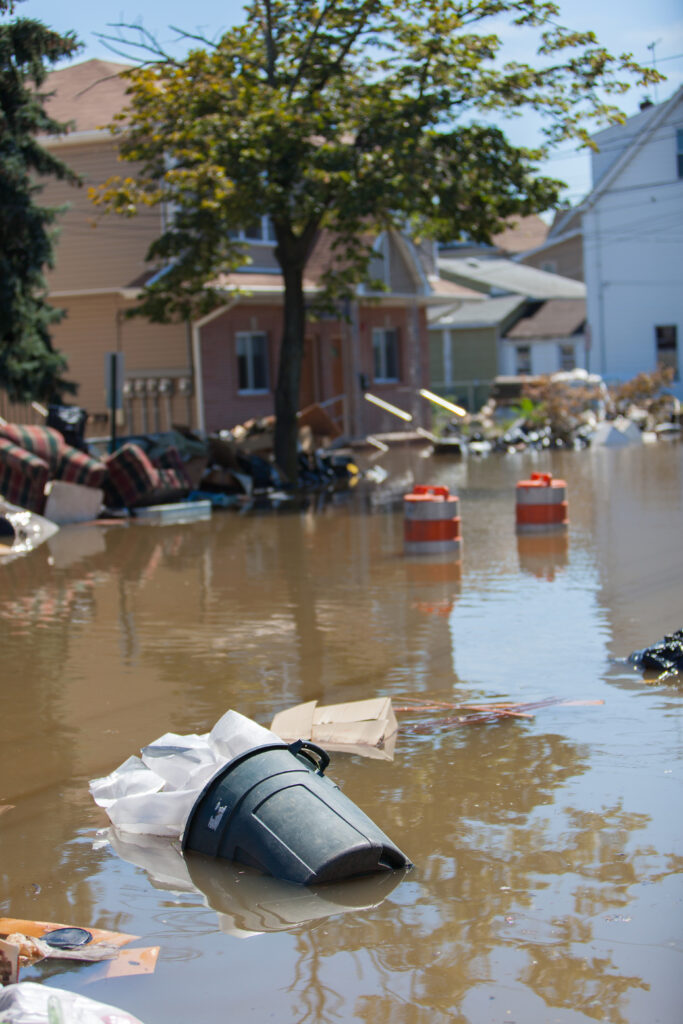By Melvin P. Ngayan, Director of Appraisal Services, East – AssetWorks, LLC

Atlantic Hurricane Season officially starts June 1. However, in recent years storms have been known to start kicking up their heels off the coast as early as May, getting a speedy start to their meteorological mayhem.
It’s never too early for you to make sure your properties’ COPE data is complete and up-to-date. When used in conjunction with a catastrophe modeling tool like AIR or RMS, thorough COPE data can help ensure you have the right coverage whenever a severe weather event pays you a visit.
When you’re talking about the data that insurers and reinsurers need in the case of a hurricane risk event, this mainly concerns the “E” in secondary COPE data. In Risk Management, COPE is an acronym for “Construction Occupancy Protection and Exposure.”
COPE data comes in two categories: primary and secondary COPE data. Primary COPE data details a property’s square footage, its construction materials, any fire protection, and its location. Secondary COPE data drills down within those categories, detailing building structure and how it might behave under adverse weather conditions.
If you are in an area where hurricanes are prevalent, having accurate exposure details becomes a priority. Note that wind and flood insurance are separate policies from standard property insurance.
Your insurance rates are partially based on how well your property can withstand powerful inland winds and storm surges, as well as factors like your geography, the area’s weather history and the Federal Emergency Management Agency’s (FEMA) information. That involves collecting data related to the features of your property that protect against — and can be affected by — high winds and flooding.
Secondary COPE Data Related to Wind
When it comes to the wind exposure associated with hurricanes and convective storms, there is a wide array of secondary COPE details that can be important to track for your Property Statement of Values. They include but are not limited to:
- Wind Resistance of Windows: Windows with poor wind resistance are less likely to withstand powerful winds and flying debris, their damage potentially resulting in additional damage to building interiors from both wind impact and precipitation.
- Sheltered or Unsheltered Windows: Whether or not a window is sheltered can be another factor of note, particularly in high wind conditions where airborne objects can easily become missiles.
- Roof Framing: The type of framing material used for the roof can affect the roof’s ability to remain safely in place during hurricane-force winds.
- Roof Anchors: The type and effectiveness of the connections used to secure the roof support systems to the walls can affect your risk for property damage. Different types can be more effective in areas where hurricanes are prevalent.

- Roof Covering: The type of materials used to cover a roof – for instance, clay tiles versus standard shingles — can affect the severity of damage to a building during a hurricane.
- Roof Geometry: The shape of a roof can be a factor when wind load is a concern. A high steepled roof, for example, will have more wind uplift than a flat roof.
- Roof Parapets and Chimneys: Parapets or chimneys are additions to a building structure that can be subject to damage in high winds. Knowing the number of chimneys and parapets a building has and the height in feet of each can be valuable data to keep on hand.
- Roof Age and Condition: An older roof can become brittle and might not endure the extremely high winds of a hurricane the way a newer, more flexible roof would. It’s good to know the life of the roof for each of your buildings and how well each is holding up.
- Wind Zone: Based on information from FEMA, the Wind Zone indicates the tiers of vulnerability a particular area has for natural risk events involving high winds like hurricanes or tornadoes.
- Mechanical/Electrical Equipment Bracing: The way items like generators and HVAC are braced and connected to the building exterior can have an impact on how much damage occurs to a property during high winds.
- Wind Missiles: Some items can become missiles during the high winds of a hurricane. It’s important to document these items and their distance from your property.
- Contents’ Vulnerability Due to Wind: Describes the vulnerability of damage due to wind.
- Cladding Type: Cladding is the final layer on an exterior of a building. In the case of hurricanes, it can help prevent weather damage to the frame.
- Door Resistance: How powerfully can the property’s doors resist wind and pressure? A door blown in by hurricane wind is the beginning of potential interior and structural damage.

These are just a few of the wind-related details you may wish to document to help create a more accurate picture of your property for your insurance provider. Your agent or provider can provide you with more details to collect specific to your locations and their needs.
Secondary COPE Data Related to Flooding
Analyzing and updating the COPE data related to flood protection can be a great way to align your property with best practices for your area as hurricane season approaches. With forethought and — if necessary – remediation, you can help avoid worst case scenarios and potentially secure better insurance rates in the process. The recommended best practices for flood protection can vary by location so be sure to contact your underwriter for the information they use to assess your flood risk. You can also check out the Flood Zone materials on FEMA’s website for even more information.
Important secondary COPE details regarding flooding to incorporate into your Statement of Values might include:
- Flood Zone: Based on information from FEMA, the Flood Zone indicates the tiers of vulnerability that a particular area has for natural risk events involving flooding.
- Flood Protection: This describes the compliance of the building with flood zone requirements in design and construction.
- Base Flood Elevation: In a flood zone, a building may be elevated to stand on piles or have high retaining walls to ensure the lowest floor is above the Base Flood Elevation (also called BFE). Structures in flood zones with basements or non-elevated lowest floor living space built prior to current code requirements may prompt worst case scenario insurance ratings.
- Basement: Detailing whether a structure has a basement and, if so, its level of flood protection can be an important point to include on your SOV, particularly in a hurricane-prone region.
- Contents’ Vulnerability Due to Water: Insurers may want to know just how vulnerable the contents of your property would be, if exposed to flooding.

While the items above are common COPE data points for flooding, make sure to check with your insurance provider for the full list of data needed for your policy and your region.
It’s Not Just Bluster
Having the right COPE details on hand for your property, specific to wind and flood protection, can be a major help once hurricane season blows in. With a little forethought and a data collection plan, you can make sure your insurance coverage is complete and your ratings aren’t gone with the wind.
In conjunction with AssetWorks, Preferred offers free, comprehensive property appraisals to all members that purchase their property insurance from Preferred.
Mr. Ngayan is the Regional Director with AssetWorks LLC and has been serving clients since 1997. His tenure at AssetWorks LLC has included the planning, management, and execution of numerous capital asset cost accounting studies and property appraisal projects for municipalities, county governments, and other public sector entities. As a lead valuation consultant, Mr. Ngayan’s responsibilities included the training and management of appraisal staff in the Eastern Region as well as the task of managing large and complex projects.
Mr. Ngayan possesses significant technical expertise in the procedures and methodologies used to value machinery & equipment, buildings & building services, infrastructure, land improvements, and land parcels. He possesses a practical knowledge and understanding of Generally Accepted Accounting Principles (GAAP); Government Accounting, Auditing, and Financial Reporting (GAAFR); Governmental Accounting Standards Board Statement 34 (GASB 34); and various other audit concerns related to capital asset reporting. Mr. Ngayan is also experienced in providing insurance replacement and proof-of-loss information to our clients to assist in addressing their insurance reporting needs. Mr. Ngayan also has significant experience appraising architecturally unique and historical buildings.
